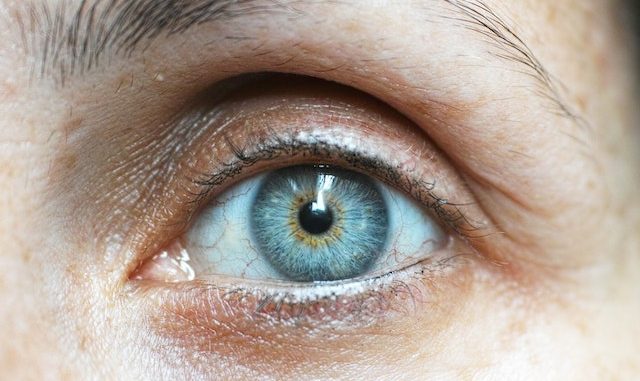
Do you suffer from dry eyes? Then you’re aware of the discomfort and frustration that accompanies it. This article will explore how different aspects of your environment could contribute to your uncomfortable condition and discuss steps to take to reduce those risks. We’ll also examine this dry eyes remedy that helps combat the symptoms and restore control of your eye health.
Before discussing the environmental factors contributing to dry eyes, let’s first understand what dry eyes are.
What Are Dry Eyes?
Dry eye is a condition that arises from inadequate lubrication and moisture on the surface of your eyes. This can lead to discomfort and irritation, affecting your overall eye health. Your tears are the main source of lubrication and contain mucus, water, and oils to help keep your eyes moist.
What Causes Dry Eye and How Is Your Environment Involved?
The environmental conditions around you can contribute to the dryness of your eyes. If you have normal tear production, but the environment causes tears to evaporate too quickly, it can lead to irritation and dryness.
Dry or warm air is one of the most significant environmental factors that can lead to dry eyes. Thus, living in a dry or hot climate makes you more susceptible.
Now let’s look at the environmental factors in detail:
Wind
Windy conditions cause your tear film to evaporate quickly. The rapidly moving air particles create dry spots on your eye surface, leading to the symptoms of dry eyes. Goggles help reduce exposure to windy conditions.
Cold weather
Cold weather makes you spend more time indoors, where the central heating system helps keep you warm. Unfortunately, this system also reduces the humidity level in your house. And one of the outcomes of low humidity is faster evaporation of tears.
Allergens
An allergen refers to a typically harmless substance that has the potential to elicit an allergic response in certain individuals, leading to inflammation and dry eyes. Common allergens include pollen, dust mites, and pet dander.
Despite most people thinking the prevalence of allergens is high during the summer and the spring, this isn’t always true. You can find allergens all year round in different places such as your home, office, or outdoor environment.
To minimize the risk of allergens, maintain a clean environment and reduce exposure to these substances whenever feasible. In addition, antihistamines, among other medications, help reduce the effects of allergens.
Smoke
People normally associate smoke with its harmful effects on the lungs. However, smoke is also an irritant to your eyes. This is due to its capacity to deteriorate the tear film’s lipid layer, thus compromising the lubricating capacity of your tears.
And it’s not just first-hand tobacco smoke exposure that leads to the symptoms of dry eyes. Second-hand smoke from cigarettes, fireplaces, and burning wood can have the same effect on your eyes.
Air pollution
Technological and industrial development has made modern life more convenient. However, this progress has come with drawbacks, including air pollution.
Air pollutants such as dust, smog, and other debris can stick to your tear film, thus irritating them.
Wrap-around sunglasses, designed to restrict exposure to dust and other pollutants, are helpful in such environments.
Having discussed the environmental conditions that cause dry eyes, let’s examine the associated symptoms.
What are the Symptoms of Dry Eyes?
The symptoms of dry eyes are varied and depend on the severity of the condition. Some common signs include:
- Itchy or burning eyes
- Blurred vision
- Sensitivity to light
- Redness in the whites of the eyes
Dry Eye Remedies You Can Try at Home
Fortunately, you can try many natural and simple remedies at home to relieve the symptoms of dry eyes. Some of these include:
- Blink regularly and keep your eyes closed for a few seconds each time
- Wear protective glasses when you’re exposed to windy conditions to prevent irritation from sand and flying debris
- Wear eye masks at night to retain moisture in your eyes
- If you’re a smoker, avoid smoking and exposure to second-hand smoke
- Increase your water intake
- Make a warm compress with a clean cloth and apply it to your eyes
Environmental factors, including wind, cold weather, allergens, smoke, and air pollution, are risk factors for dry eyes. The good news is there are several remedies you can employ to reduce the symptoms. From reducing exposure to allergens, wearing protective eyewear, increasing water intake, and using warm compresses, these simple steps can help protect your eye health and promote tear production.
